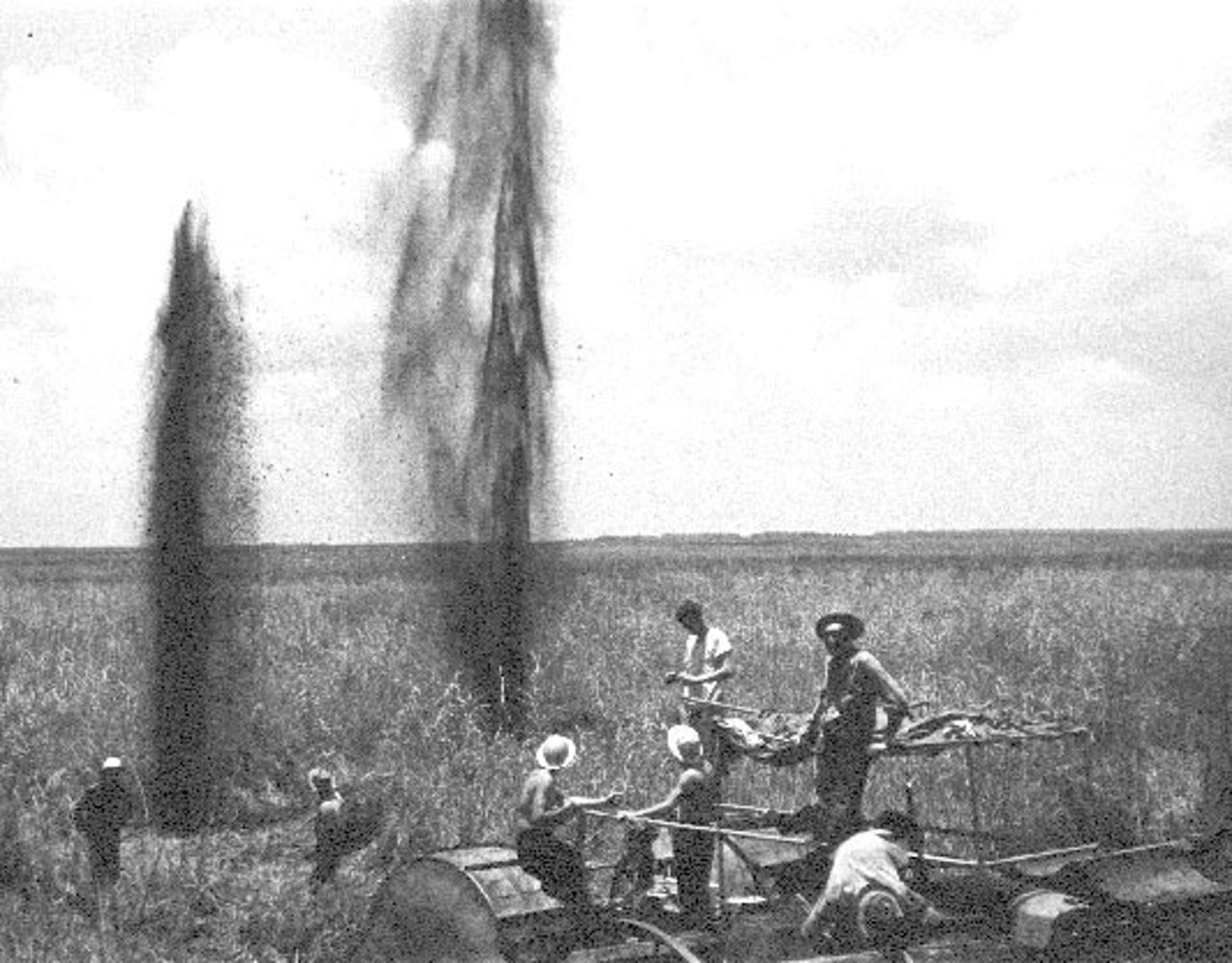Photos: Book celebrates Texas Instruments


Field explosion
The workers stand on a marsh buggy designed by an early employee, Ken Burg.
Much of the
Reflective seismograph
While Texas Instruments is named after the Lone Star State, its roots belong in New York City. Karcher worked at New York-based Amerada Petroleum before founding GSI, while fellow co-founder Eugene McDermott taught at Columbia University. The articles of incorporation were first filed in New Jersey in May 1930.
Sumatra crew
A crew of workers transport oil extraction equipment through a jungle in Sumatra. Hundreds of workers were employed in these efforts, which also involved dodging snakes and other creatures in the search for oil. TI actually owned rubber plantations at one point, but sold them in 1958.
M/V Arctic Explorer
The ship pictured, the M/V Arctic Explorer, dragged long leads through the water that provided data for 3D models of the geological structures below the ocean floor. The ship, in 1974, was the first to enter the Kellet and Fitzwilliam Straits in the
Digital Data Signal Conditioner
TI built this Digital Data Signal Conditioner--which helps gather data on radiation trapped in Earth's magnetic field--for James Van Allen at the University of Iowa, who headed up launches for NASA. The device became the first integrated circuit in
HARM
The picture shows an anechoic chamber used to test the guidance system in HARM.
Junction silicon transistor
This sketch, by engineer Mort Jones, is of a grown junction silicon transistor. (The name refers to the fact that the silicon that serves as the on-off transistor is grown from a crystal.) TI had recruited Gordon Teal from Bell Labs in the 1950s to serve as its semiconductor research director. The want ad for the job was placed in the New York Times to target Bell Labs employees. In 1954, TI released the first commercial silicon transistor. Earlier, some had believed germanium might become the primary material for making transistors.
Stamp transistor
A picture of one of TI's first transistors on a stamp. Electronics jobs in the early 1950s began popping up all over. The rush of companies that jumped into the industry lead to cutthroat competition and
Transistor radio
Although it brought recognition, the TR-1 didn't make much money. To avoid alienating customers, the radio sold for $49.95. Other transistor radios quickly followed.
Jack Kilby
It consists of a germanium sliver 7/16th of an inch long by 1/16th on a piece of glass.
While Kilby did it first, the integrated circuit built by Intel founder
Speak and Spell
Is this the Village People in street clothes? Pictured are Gene Frantz, Richard Wiggins, Paul Breedlove and Larry Brantingham, who invented the Speak and Spell. Unveiled at CES in 1978, the $50 toy became a huge hit and lead to several spin-offs. Eventually, TI spun off the entire unit. It was the first commercial device, according to TI, to use
99/5A
The TI 99/4A home computer. Back in 1981, this thing sold for $525, a more refined version of a PC it released in 1979. As on other occasions, being early didn't help TI establish the dominant position in the market. In October 1983, it exited home computers and said it had lost $680 million on them since the beginning. Later TI sold laptops before selling the entire division.
Micro mirrors
DLPs now come in rear-projection TVs and digital projectors from manufacturers such as Samsung.
TI's Larry Hornbeck filed the initial patents on the concepts behind the DLP back in 1983 and the company spent several years seeking out high volume applications.
Much of the